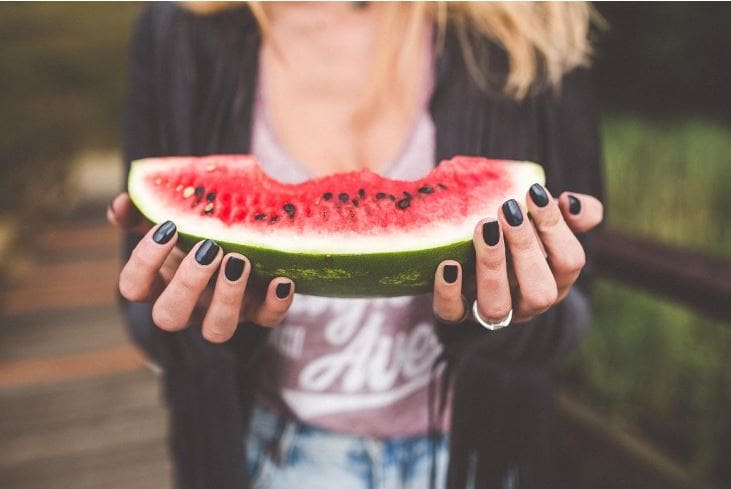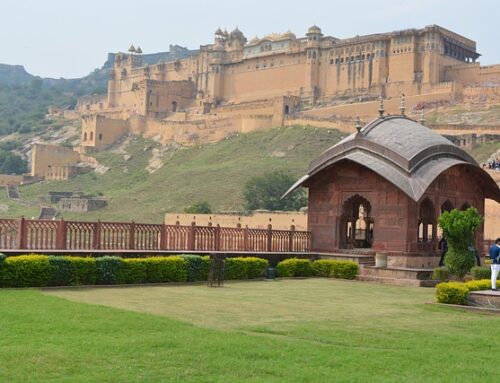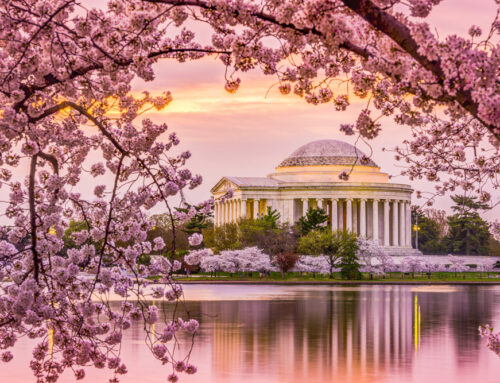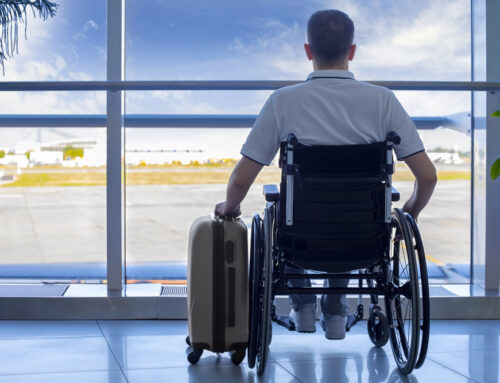6 Easy Steps For Taking Sumptuous Food Photos While Traveling

6 Tips for Photographing Your Food Adventures
Food photography and travel photography are both popular and fun photography niches. However, many aspiring shooters would say that it’s more exciting and exhilarating to take photos of delicious food while traveling. With the popularity of Facebook, Pinterest and Instagram, everyone’s sharing their food photos, so here are a few good tips to make your photos look delicious and professional.

Unlike professional food photographers, those who have made it a serious hobby to photograph their food during travels don’t get much time to plan their shots, use studio lights or have a team of food stylists to help them achieve that perfect photo. When it comes to food travel photography, spontaneity is highly encouraged, and not knowing what kind of restaurants, dishes, and even cultures you’ll come across is what makes it a real adventure.
Aside from—literally and figuratively—feeding your love for food, going on a food tour allows you to immerse yourself in a country’s culture on a much deeper level. And of course, it also gives you the opportunity to introduce your social media or blog followers to new, exotic, and often underappreciated cuisines from all over the world, which is why it is necessary to document these gastronomic experiences properly.
Here Are Some Handy Food Adventure Photography Tips:
Use Natural Light

Sunlight is the definitely the best light source out there. It’s free, offers different intensities throughout the day, and looks the most natural for still life photography. Food and travel photographers like shooting when the sun is close to the horizon, as it is warmer and softer.
Diffused sunlight is particularly important when you want to bring out the different hues of a colorful dish. Depending on the time of day, you can also use sunlight to give your photos a gloomy mood, make them look striking with directional lighting, or tone them down with warmer lighting.
Basic Lighting Tips:
- Dine out an hour before sunset. On a good day, you can opt for outdoor seating or a shaded area near a street food stall. Wait until it’s at least an hour before sunset, when the sun gives off good, warm, and soft lighting. You can also play with the direction of light and do backlight photography.
- Sit near the window. Many diners stay away from windows, but if you’re photographing food, it may be the best indoor area in the restaurant where you can get harsh, dramatic lighting or even a more diffused, natural lighting.
Know When to Use Flash

There will be times when you’ll want to use flash to improve the appearance or increase the exposure of your food shot when there is little to no available light. But more often than not, the results aren’t going to be good. Using the flash can mean strong and flat lighting that changes the color of your dish and eliminates the shadows that make the subject look three-dimensional. And worst of all, it usually leaves your shot completely overexposed.
Flash also makes you more conspicuous, particularly if you’re shooting in a restaurant. Other diners may even get annoyed by the flashing lights (and sounds) coming from your camera, and you may be asked to leave.
But if you have absolutely no choice, then a camera flash is certainly a good option for gathering more light for your photo. It can even help you achieve your desired lighting effect—if done properly, that is.
Tips for Using Flash:
- Direct the flash towards the ceiling. By pointing your external flash towards bright ceilings and allowing it to bounce, you create more diffused lighting for your shot.
- Use restaurant menus or plates as a reflector. Being away from your comfort zone can force you to be as resourceful as possible. In the absence of a reflector, a menu or a plate may be the answer. You can discreetly use either to reflect soft fill light that can brighten parts of your dish or eliminate shadows.
Curate a Tempting Composition

As you may have already noticed about food shots on social media, it’s now equally important to incorporate other things that will make your photo look attractive and palatable. These include utensils, condiments, cooking tools, or maybe even a small plant decor that’s already on your table. At the same time, you can shoot from different angles or crop a part of the dish to achieve balance in your photo composition and create more space for the other items
For a truly authentic food adventure photo, you can put together photo elements that represent the culture, tradition, and people behind the dish. You can ask one of the locals to hold the plate for better context, or show more of the background in the photo to provide more context.
Tips for Good Composition:
- Fill up the frame. While it isn’t always necessary, you can try adding more elements to your flat lay photo until it takes up most of your frame. This helps add interest or context to your photo.
- Interact with the food. Incorporating hands in the frame and holding things like utensils or hand food adds that much-needed human element and makes viewers want to hold or taste what they’re actually seeing.
Be a Courteous Shooter

As a traveler, you definitely stand out among the locals no matter what you do—more so when you start snapping a dozen photos of them and their food. If you are doubtful about your subject, it’s best to ask permission before taking a photo. You do not want people to misinterpret your photography as intrusion. You can stand at a distance, raise or point at your camera, and wait for them to acknowledge you before aiming your lens at them. You can even start a conversation by showing them the photo and telling them about your hobby.
Tip for Practicing Courtesy in Foreign Places:
- “No” means NO. If you are having second thoughts about your subject, observe the people and your surroundings first. Try showing off your camera and see how they react to you. This is where reading body language can come in handy. The best way, however, is to ask them straight out.
Pack Light

A camera bag definitely offers a huge convenience for photographers with a lot of shooting gear. However, it may attract unwanted attention (from thieves, for instance) or make it hard to move from one place to another. Not only that, you may have a hard time watching over your things in public places and crowded restaurants, especially while you have your eye in your camera’s viewfinder.
Leave your stuff at the hotel and bring only what you need while you go on your food tour.
Tips for Packing Light:
- Stick to the basics. You’ll need just your camera—maybe an extra lens if it’s a DSLR or mirrorless camera—along with your travel basics. Bring fully charged batteries before leaving so you don’t have to bring a charger with you.
- Leave the “what ifs.” When in doubt, leave the stuff that makes you think, “Do I need this?” If you can do without it, it’s not that important.
Familiarize Yourself with Local Norms

Before heading to an unfamiliar place, you would probably do some research about which tourist spots to hit, restaurants to dine in, and other things that might help you build your itinerary. Take this opportunity to extend your research and find out about basic cultural norms in that specific area.
Learn local values and respect them. Most importantly, know the food traditions they follow. Some places have dishes that are eaten in a certain way. The Japanese, for example, eat their noodles with chopsticks and are even encouraged to slurp away.
Tips for Fitting In:
- Respect. Each country, city, or town has their own tradition, culture, and even religion. As a foreigner, it is important that you respect and follow them the best way you can as giving them respect will make you earn theirs, too.
- Research won’t fail you. Never go out of your comfort zone without being warned. Have some research with you. You can even learn their basic language for ease in travel.
As you roam near and far capturing the culinary scene around you will surely lead to delicious memories!
***************************************
About The Author: Liz Pekler is a travel photographer with several years of experience in the field. Being a freelance blogger enables me to help photography beginners and enthusiasts to tell wonderful stories of their travels as seen through their lenses. It also allows me to share my thoughts about another advocacy of mine: social equality and change. Linkedin: https://www.linkedin.com/in/liz-pekler-aa8b60120, Twitter: https://twitter.com/liz_pekler
****************************************




